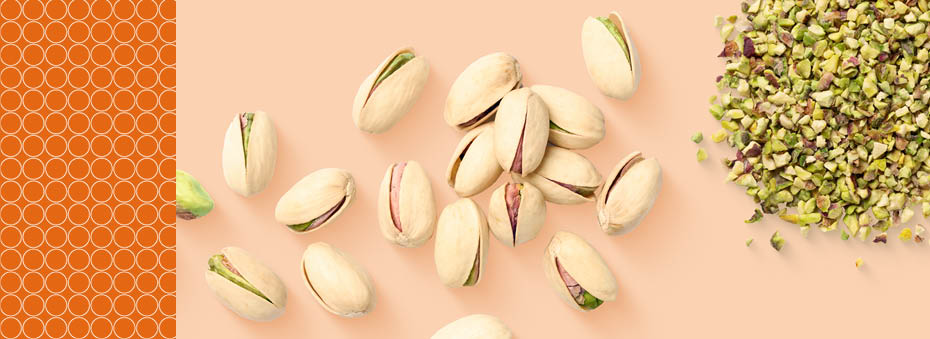
Recent news in Food & Feed Analysis
- Home
- /
- Update in Ochratoxin A...
Update in Ochratoxin A legislation

Ochratoxin A (OTA) is a secondary metabolite produced by several fungi which can infect a range of agricultural products after harvest, during drying and during storage. Originally thought to be a problem largely confined to cereals such as wheat, barley, and oats, over the years a wider range of other agricultural products have been found to be contaminated with OTA. Dried fruit, spices, coffee, and cocoa beans are primary products which are frequently found to be contaminated. A range of spices including dried red pepper, chilli powder, black pepper, coriander, mace, ginger, cayenne pepper, curcuma and nutmeg have all been found to be contaminated with OTA.
The stability of OTA means that it can also be transferred to beer and wine from contaminated cereals and grapes even surviving fermentation. OTA can surprisingly survive various heat-processing operations and can be found at reduced levels in roasted coffee, powdered soluble coffee as well as in cocoa-derived products such as cocoa powder and drinking chocolate. If cereals are OTA contaminated, then transfer to cereal-based infant foods can also be a particular concern.
Cereal-based animal feed contaminated with OTA can be potentially harmful to some susceptible animal species such as pigs. OTA can also be transferred unchanged from the feed to animal products such as offal and blood sausages intended for human consumption.
Economically spices, coffee, cocoa, wine, and beer are high-value products and losses through OTA contamination can be financially significant to the food industry. Although there are measures that the agriculture sector can take to minimize fungal infection and OTA contamination, it is nevertheless important that routine monitoring is conducted to ensure that good agricultural practice has been followed and high food safety standards are maintained.
Regulations on OTA
Regulations concerning OTA were originally introduced by the EU in 2006 (Regulation 1881/2006 EC) and were limited to cereals and derived cereal products, dried vine fruits, coffee and derived products, grape juice, and wine. Since 2006 there have been three amendments to 1881/2006 to cover specific spices and liquorice in 2010 and subsequently modified limits for spices in 2012 and 2015. There is a further substantial amendment to 1881/2006, 1370/2022 which includes levels for breakfast cereals, non-alcoholic malt beverages, wheat gluten, date juice, dried herbs, various roots for herbal infusions, various seeds, pistachios, and cocoa powder. The new limits range from 0.5 µg/kg for processed cereal-based foods for infants and young children and baby foods to 80 µg/kg for liquorice extract used in beverages and confectionary. Most of the limits are around 2 to 8 µg/kg for cereal products, dried fruit, wine, juices, seeds, pistachios, cocoa, and coffee. Together with maximum limits for aflatoxins, these low-ppb limits for OTA are amongst the lowest for mycotoxins and present challenges in achieving accurate measurement particularly in view of the complexity of some of the matrices such as spices, coffee, and cocoa.
What R-Biopharm can do to help
Accurate and reliable validated methods are essential to support these regulations. Methods utilising immunoaffinity columns have been proven to be fit-for-purpose and endorsed as official methods for OTA analysis by both CEN and AOAC International.
Regardless of the product, all immunoaffinity columns from R-Biopharm contain monoclonal antibodies for the mycotoxin of interest. The sample is extracted and diluted accordingly before being applied to the column. The filtrate is passed slowly through the immunoaffinity column to allow sufficient time for the toxin to bind to the antibodies within the gel. The antibody isolates and concentrates the mycotoxins of interest. The column is washed with water or a suitable buffer where any material that has not been bound to the antibodies will be removed from the column. The final stage is elution where an appropriate solvent is passed through the column breaking the bonds between the bound toxin and antibody releasing the toxin ready for injection onto the system of choice for detection.
It should however be noted that not all immunoaffinity columns behave in the same way. Performance of an immunoaffinity column very much depends on the antibodies and the overall clean-up method utilised. The use of a good, reliable immunoaffinity column is vital in ensuring accurate results and can help to reduce the number of samples re-analysed due to poor chromatography and results.
Immunoaffinity columns have been available for many years however, analysis requirements are changing therefore more and more multi-toxin columns could be considered as an option. This is also reflected in official methods. A multi-method (EN 17641) for the determination of eleven mycotoxin including OTA in various foods without clean-up prior to LC-MS/MS determination is under consideration by CEN. However, a specific immunoaffinity column clean-up is needed for aflatoxins and ochratoxin in infant foods (for example, infant cereals, milk-based powders), spices, dried fruit, and nuts. This is an endorsement of the approach of using an IAC clean-up, which is demonstrated to be essential for complex matrices despite the high specificity of determination by LC-MS/MS. R-Biopharm Rhône can offer advice and support to help you find the best analysis options and applications to suit the workflow and needs of your laboratory resulting in maximum throughput. For further information, please contact us.

